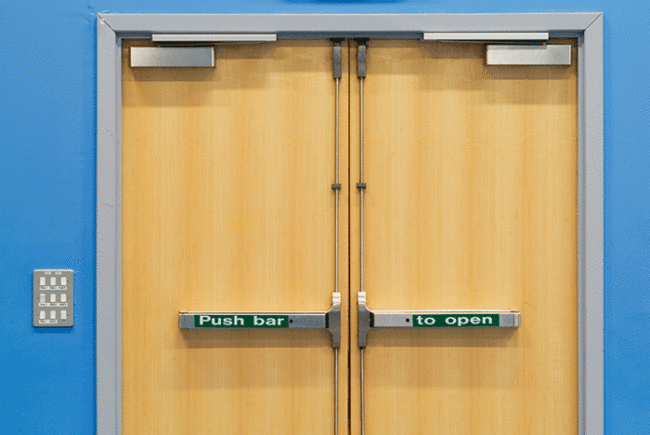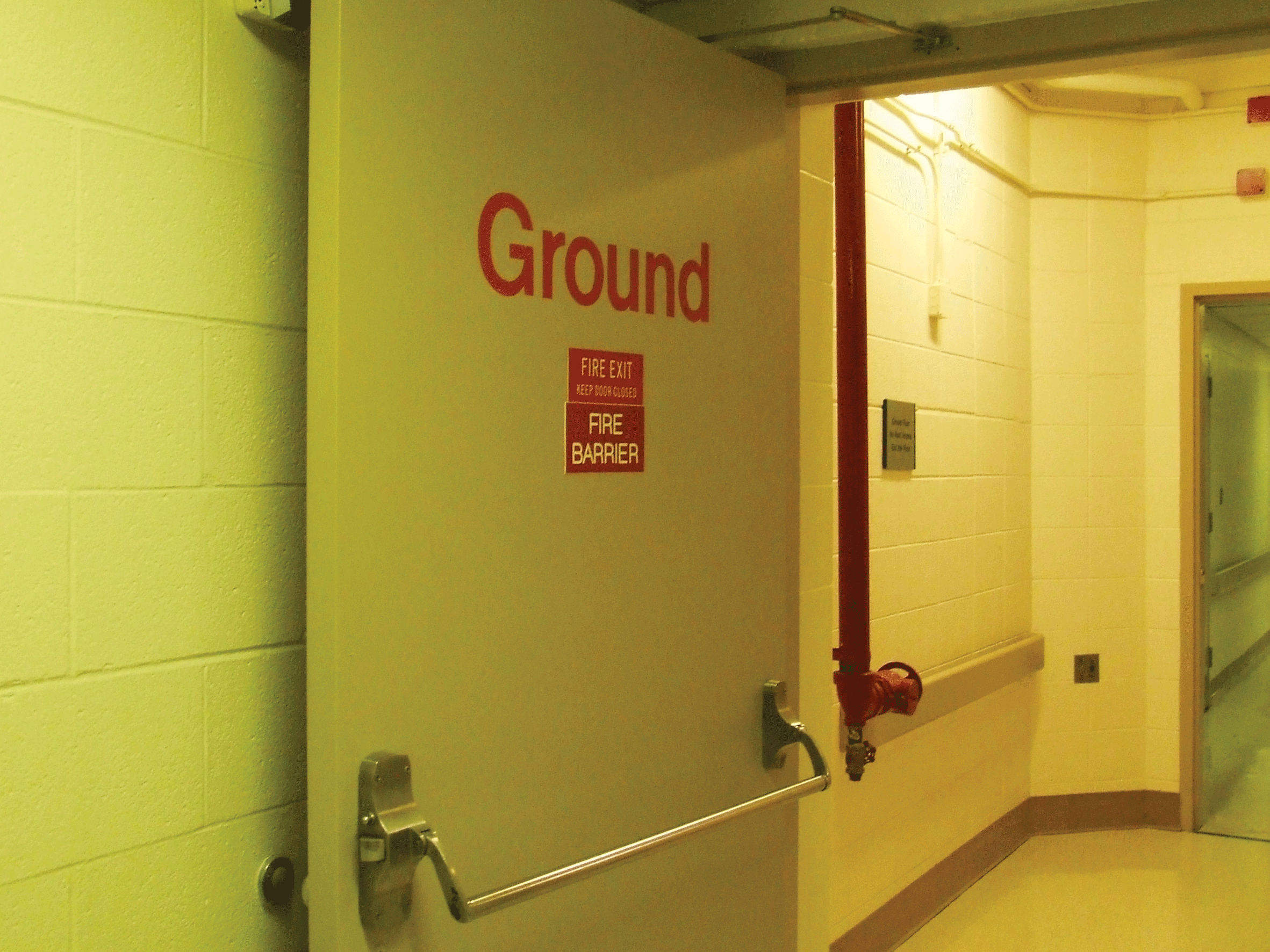With the implementation of the Centers for Medicare & Medicaid Services requirements for annual door inspections in health care facilities firmly in place, many facilities have turned to vendors offering low- or no-cost inspections of fire and smoke doors to facilities. This has resulted in large and sometimes inaccurate lists of deficiencies that may or may not be critical for repair. Following are three such cases:
• Smoke and draft control doors. A 75-bed, 250,000-square-foot hospital in eastern North Carolina hired a vendor to perform the annual inspection of 153 fire and/or smoke doors. The inspector failed 100 percent of the doors for issues related to the smoke seal.
As noted in the accompanying article, the inspection of gasketing and edge seals is part of an inspection for the National Fire Protection Association’s NFPA 80, Standard for Fire Doors and Other Opening Protectives, and NFPA 105, Standard for Smoke Door Assemblies and Other Opening Protectives, where required.
The 2012 edition of NFPA 101, Life Safety Code®, currently enforced by CMS, only requires smoke and draft control (S-type) doors and their associated gasketing in new doors in horizontal exits, areas of refuge and occupant evacuation elevator lobbies, none of which applied to this existing, fully sprinklered facility.
The inspector in this case likely misunderstood and misapplied the requirements from the locally adopted edition of the International Building Code, which does require S-type doors and gasketing for all fire-rated corridor doors (where the corridor itself is required to be fire-rated) and 20-minute fire-rated smoke barrier doors in new construction.
After further analysis, it was determined that only 33 of the 153 doors inspected would have required an S-type door and gasketing when new. As existing doors in an existing health care facility, none of the 153 doors should have been failed under the NFPA 80/105 inspection of gasketing and edge seals requirement.
• Non-fire-rated doors. A 120-bed, 250,000-square-foot hospital in Delaware hired a vendor to perform its annual fire and smoke door inspection. The door inspector noted approximately 250 deficiencies, with the primary finding related to the clearances.
After further analysis, it was determined that many of the clearance deficiencies were noted on non-fire-rated and smoke-resistive doors, which would not be subject to the requirements of NFPA 80/105.
When these doors were removed from the inspection report and a follow-up inspection was completed, the number of legitimate deficiencies noted was reduced to a more manageable 63.
• Barrier management. A 247-bed, 350,000-square-foot hospital in North Carolina hired a vendor to perform the annual inspection of its approximately 300 fire and/or smoke doors. The door inspector noted approximately 700 deficiencies,
with a notable number of deficiencies related to clearances and issues related to the smoke seal.
After further analysis, it was determined that many of the clearance deficiencies were marginal and, as in the first example above, S-type doors and their associated gasketing were not required for this facility. Consequently, the deficiency list was decreased by approximately 50 percent, with a further decrease possible given an evaluation of the facility’s life safety plans.
It is anticipated that as many as 25 doors are no longer required to be fire doors pending a review of the existing fire and smoke barriers, which would further reduce the number of deficiencies noted.






